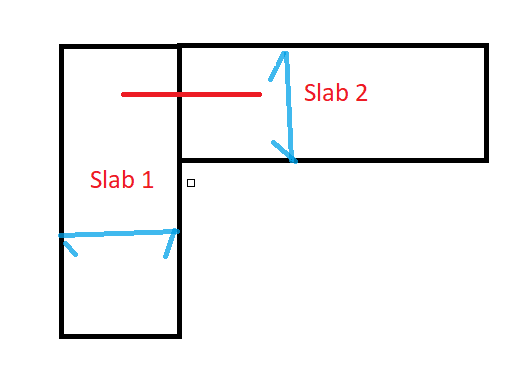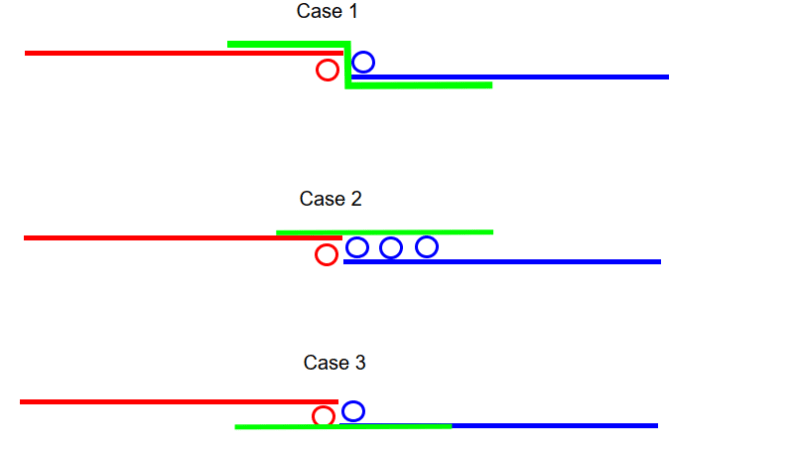In flat slab system, say that the total length is 48m x 24m, column with drop panel with spacing of 6m... In this case , main bar outermost top bar (T1) and outermost bottom bar (B1) should be parallel to the 24m , right?
I came across an example that main bar T1 & B1 is parallel to 48m... Which one is correct ?
Or it doesnt matter that whether mian bar is parallel to shorter / longer dimension of the overall flat slab system ?
I came across an example that main bar T1 & B1 is parallel to 48m... Which one is correct ?
Or it doesnt matter that whether mian bar is parallel to shorter / longer dimension of the overall flat slab system ?



